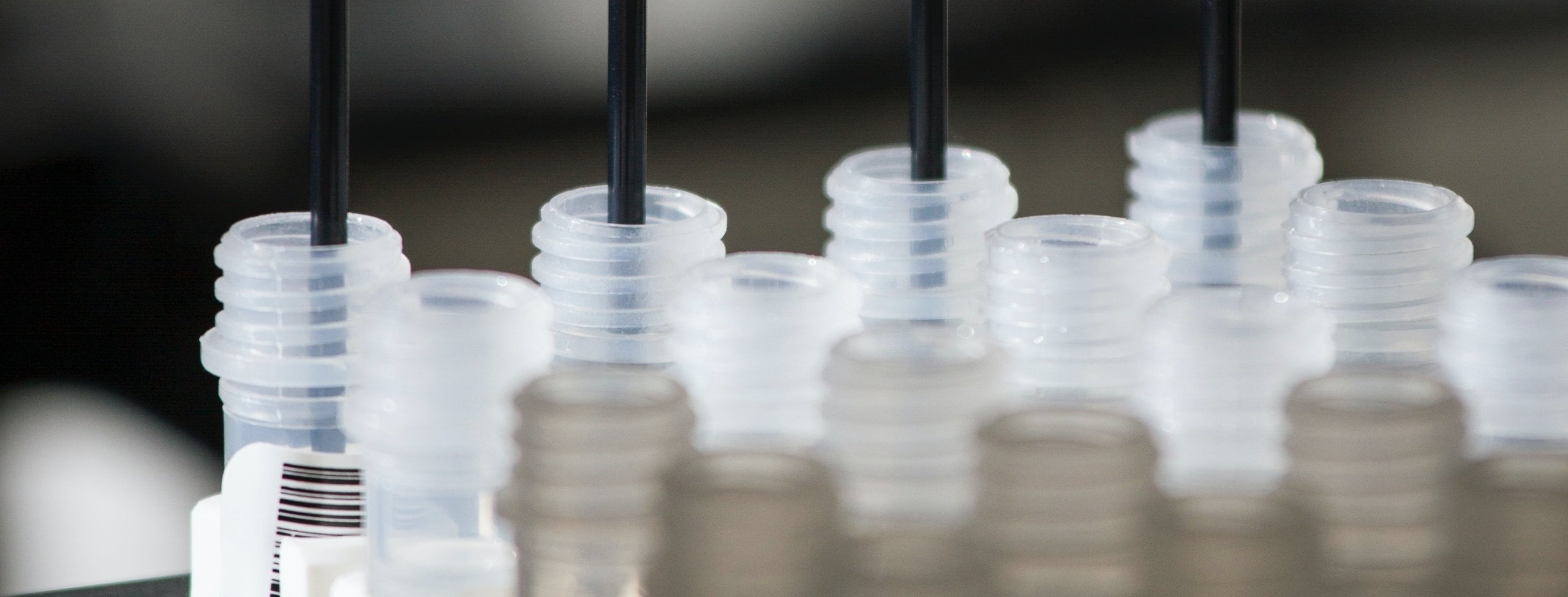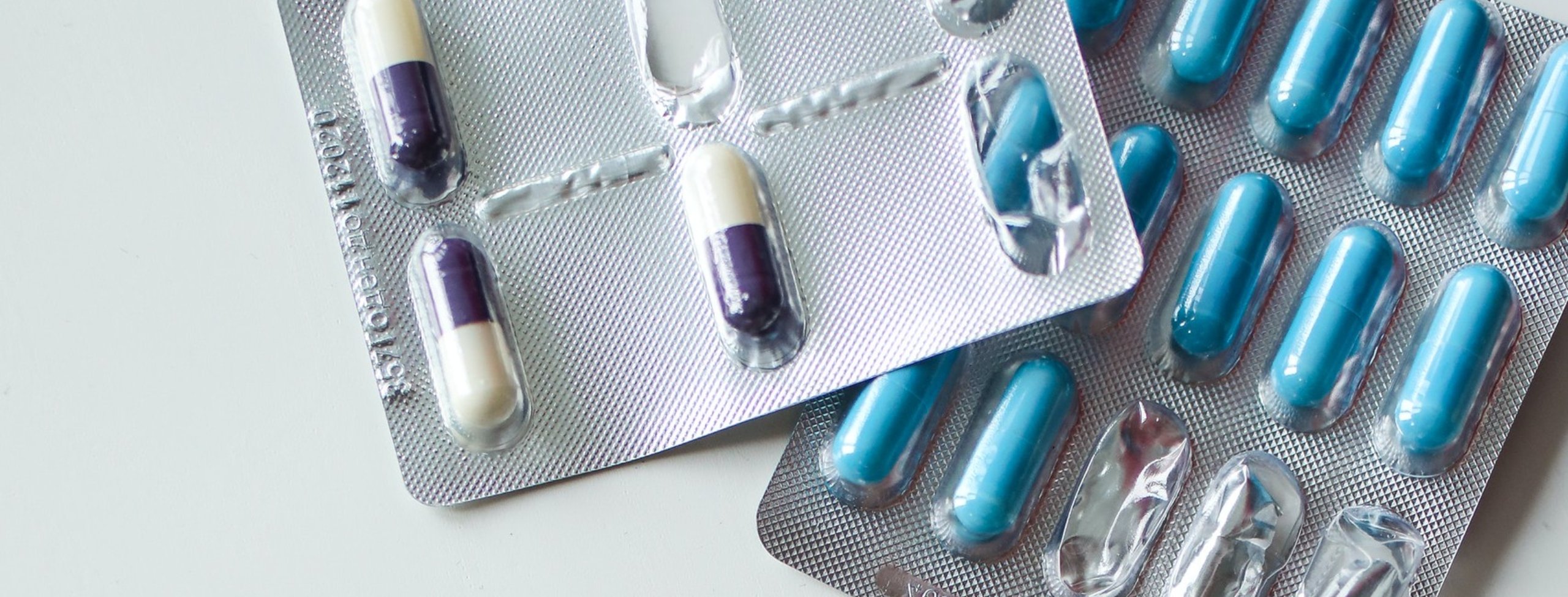
1 February 2024 • 7 minute read
FDA Regulatory News and Trends - February 1, 2024
Welcome to FDA Regulatory News and Trends, designed to help you identify significant legal developments and navigate the evolving business, legal, and regulatory world.
CDRH and CBER update guidance addressing medical device sterilization methods.
- On January 8, 2024, the FDA Center for Devices and Radiological Health (CDRH) and Center for Biologics Evaluation and Research (CBER) issued an update to its 2016 guidance, titled, “Submission and Review of Sterility Information in Premarket Notification (510(k)) Submissions for Devices Labeled as Sterile.” The update acknowledges vaporized hydrogen peroxide (VHP) as a sterilization method with a long history of safe and effective use (ie, a Category A sterilization method).
- The addition of VHP as a recognized sterilization method will likely facilitate efforts to replace the use of ethylene oxide (EtO), a sterilization chemical widely used within the industry. FDA estimates that more than 20 billion medical devices sold in the US every year are sterilized using EtO. In spring 2023, however, EPA issued a proposed rule to limit EtO emissions due to carcinogenicity concerns.
- Device companies and others that use EtO to sterilize medical devices are encouraged to review this guidance and consider whether VHP could be a viable alternative, should EPA move forward with limiting EtO use.
Viral safety evaluation of human/animal cell line products.
- On January 10, 2024, FDA published a final guidance titled, “Q5A(R2) Viral Safety Evaluation of Biotechnology Products Derived from Cell Lines of Human or Animal Origin.” This final guidance, replacing the draft guidance issued on November 14, 2022, was endorsed by the ICH Assembly at Step 4 of the ICH process in November 2023.
- The guidance is the first major update since the ICH guidance was first issued in 1998. It includes a description of risk-based principles and mitigation strategies to assure the viral safety of biotechnology products, including the data necessary to submit in a marketing application.
- Specifically, the guidance recommends approaches for evaluating the risk of viral contamination of the product, controlling potential sources of virus, and qualifying the manufacturing process for viral clearance. The update additionally includes recommended steps to implement these controls, such as thorough characterization/testing of cell substrate starting material, among others.
FDA revises draft guidance on ANDA requests for reconsideration.
- Revising 2017 draft guidance of the same title, FDA published its updated draft guidance, “Requests for Reconsideration at the Division Level Under GDUFA,” to reflect the most recent reauthorization of the Generic Drug User Fee Amendments (GDUFA).
- In this draft guidance, FDA intends to continue promoting “rapid and fair resolution” of requests exchanged between abbreviated new drug application (ANDA) applicants and FDA by formalizing the Agency’s current and historical policies and procedures.
- FDA provides recommendations for ANDA applicants pursuing a request for reconsideration within a review discipline, including clarification on what matters are appropriate for such requests, timelines and procedures for these requests, and their content and format.
- The deadline for comments is March 11, 2024.
International Recognition Procedure launched for Great Britain.
- On January 1, 2024, the UK’s regulator, the Medicines and Healthcare products Regulatory Agency (MHRA), implemented its new International Recognition Procedure (IRP), replacing the EC Decision Reliance Procedure (ECDRP).
- Under the ECDRP, the MHRA could rely on certain European approval decisions for marketing authorization applications, but a broader selection of international decisions could be relied upon going forward. The new IRP is open to applicants that have already received an authorization for the same product, following full and standalone review, from one of MHRA’s specified Reference Regulators in Australia, Canada, Switzerland, Singapore, Japan, the US, or EU/EEA.
- Under the IRP, the MHRA will conduct a targeted assessment of applications designed to facilitate rapid MHRA approval, though MHRA retains the authority to reject applications if the evidence provided is considered inadequate.
- MHRA’s IRP guidance webpage has been updated to reflect implementation of the new scheme.
FDA releases first CORE Annual Report.
- On January 8, 2024, FDA’s Coordinated Outbreak Response and Evaluation (CORE) Network released its first Annual Report summarizing its investigations of outbreaks and adverse events linked to FDA-regulated human foods for the 2022 calendar year.
- CORE Annual Reports summarize the adverse events and outbreaks linked to FDA-regulated foods investigated by the CORE Network within a given calendar year. In 2022, the CORE Network evaluated 65 incidents, which resulted in 28 responses and 11 advisories. This represents a slight increase compared to 2021, in which 51 incidents were evaluated and 19 of them were transferred to responses.
- The report also highlights key adverse event investigations and several noteworthy outbreaks.
FDA authorization of Florida’s Section 804 Importation Program.
- On January 5, 2024, FDA issued its first Letter of Authorization (LOA), authorizing Florida’s Agency for Health Care Administration’s drug importation program under section 804 of the Federal Food, Drug, and Cosmetic Act (FD&C Act). Florida initially submitted the Section 804 Importation Program (SIP) proposal on November 23, 2020, shortly after the issuance of the final rule “Importation of Prescription Drugs,” and SIP went through several revisions before it was finally approved.
- The LOA is the first step to initiate the drug importation program. The SIP sponsor then submits a Pre-Import Request to FDA for each drug the state plans to import. The Agency further conducts Statutory Testing to ensure that the imported drugs are in compliance with established specifications and standards.
CDER’s Office of Compliance releases fiscal year 2023 annual report.
- In January 2024, CDER’s Office of Compliance released a 2023 annual report summarizing its work to protect public health, including a list of its compliance-related policies published in the last fiscal year.
- In addition to highlighting the division’s key initiatives, including safeguarding the nation’s drug supply from contamination and implementing the Drug Quality and Security Act (DQSA), the report provides data and statistics on types of violations, recalls, compliance actions, and public notifications, among others.
FDA provides updates on investigation of apple puree pouch lead levels.
- On January 23, 2024, FDA provided an update on the investigation of elevated lead levels in cinnamon apple puree pouches in connection with the recall of three brands of apple cinnamon fruit pouches.
- To date, the Agency had received 90 confirmed complaints/adverse event reports potentially associated with the recalled products at issue in the investigation, but none associated with cinnamon or other cinnamon-containing products. According to the Agency, there is no indication that the elevated lead issue extends beyond the recalled products, but FDA’s testing of the recalled products uncovered chromium content of potential concern for individuals who ate the recalled product.
- While FDA’s investigation remains ongoing to determine the point of lead contamination and whether additional products are linked to illnesses, CDC’s National Center for Environmental Health is concurrently conducting case-finding efforts in collaboration with state and local health departments. As of January 19, CDC received reports for a total of 385 cases from 42 different states.


